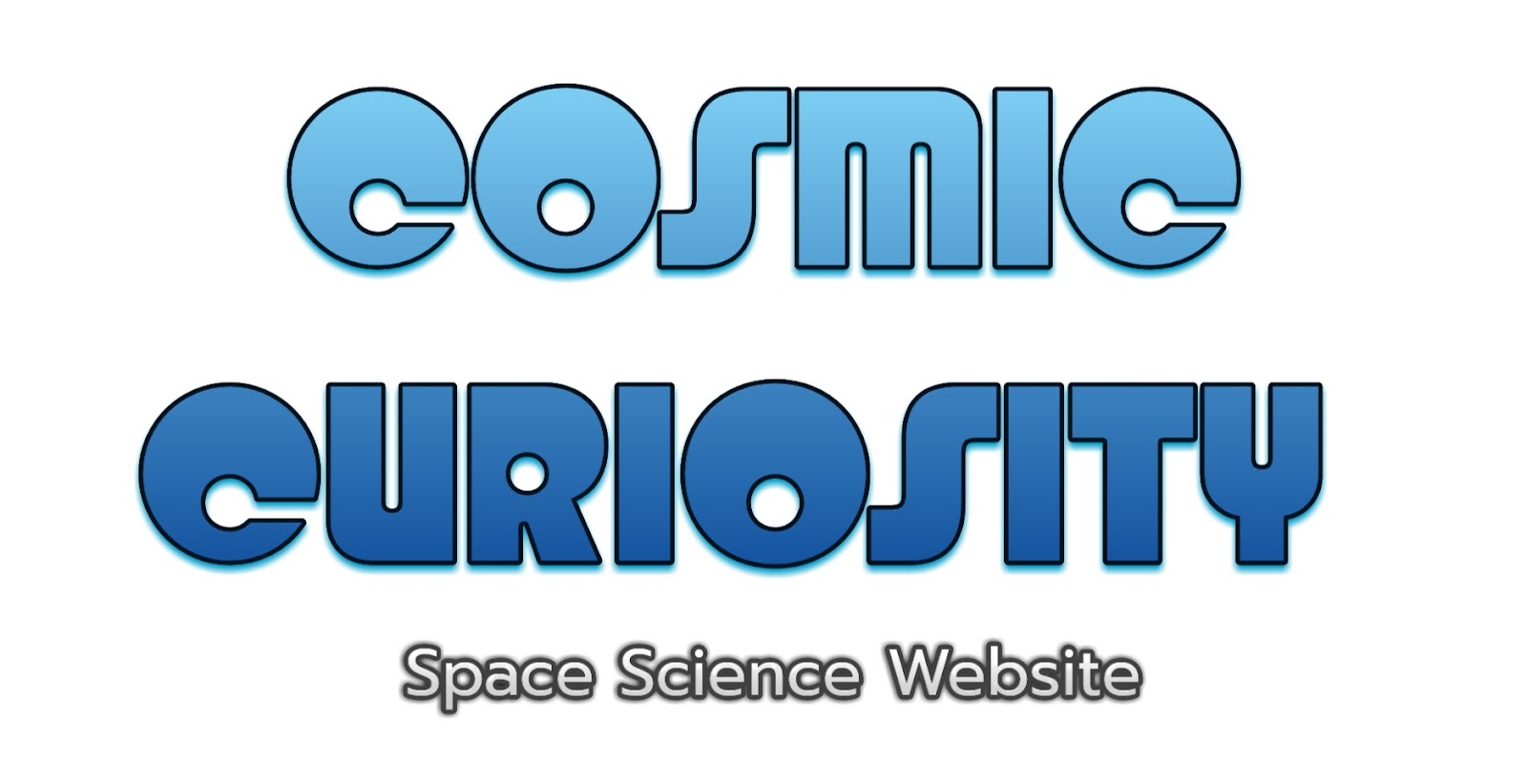Artemis Missions Overview
 |
| Artemis Missions Overview |
Artemis Missions Overview
NASA’s
Artemis program aims to establish a sustainable human presence on the Moon by
2024 and prepare for the eventual exploration of Mars. The Artemis missions
build upon the legacy of the Apollo missions, which landed 12 astronauts on the
Moon between 1969 and 1972, and leverage modern technology and international
partnerships to expand human space exploration.
Artemis
I, the first uncrewed flight of the Space Launch System (SLS) rocket and Orion
spacecraft, is scheduled for launch in November 2021. This mission will
demonstrate the integrated performance of the SLS and Orion systems and test
critical systems, such as the launch abort system and heat shield, in
preparation for crewed missions. Artemis I will also carry several scientific
payloads, including the Lunar Flashlight, which will search for water ice on
the Moon’s surface, and the Radiation Dosimetry Experiment, which will measure
radiation levels inside the Orion spacecraft.
Artemis
II, the first crewed mission of the Artemis program, is scheduled for launch in
2023. The mission will orbit the Moon and test the crew’s ability to operate
the Orion spacecraft in lunar orbit. The crew will also test communication and
navigation systems, as well as life support and habitation systems, that will
be crucial for future missions to the Moon and Mars.
Artemis
III, the first crewed mission to land on the Moon since Apollo 17 in 1972, is
scheduled for 2024. The mission will land two astronauts on the lunar south
pole, which is believed to contain water ice and other resources that could be
used to support a sustained human presence on the Moon. The astronauts will
conduct scientific investigations, test new technologies, and prepare for
future crewed missions.
The
Artemis program also includes several other missions and initiatives. The Lunar
Gateway is a small space station that will orbit the Moon and serve as a
staging point for crewed missions to the lunar surface. The Commercial Lunar
Payload Services (CLPS) program is partnering with private companies to deliver
scientific instruments and technology demonstrations to the Moon. The Human
Landing System (HLS) program is developing a new spacecraft to land astronauts
on the Moon.
The
Artemis program presents many scientific and technological challenges, but it
also offers opportunities to advance our understanding of the Moon, the solar
system, and the universe. By establishing a sustainable human presence on the
Moon, we can develop new technologies and capabilities that will be essential
for future exploration of Mars and beyond. The Artemis missions represent a
significant step forward in the history of human space exploration, and we can
look forward to new discoveries and achievements as we venture further into the
cosmos.






No comments